What are NAND Flash Chips in SSD?
NAND flash memory is built up of many cells that hold bits, and those bits are either turned on or off through an electric charge. How those on/off cells are organized represents the data stored on the SSD. The number of bits in those cells also determine the naming of the flash, for example, Single Level Cell (SLC) flash contains a single bit in each cell. The reason behind SLC only being available at lower capacities is down to the physical real estate the NAND flash occupies on the Printed Circuit Board (PCB). Don’t forget that the circuit board has to have the controller, DDR memory, and flash built to standard dimensions to fit inside your computer. MLC doubles the number of bits per cell, whereas TLC triples, and this opens up for higher capacity SSDs.There are particular reasons manufacturers build flash memory with a single bit per cell-like SLC. SLC has the advantage of being the fastest, most durable but has the cons of being more expensive, and is not available in higher gigabyte storage capacity. That is why SLC is preferred for heavy enterprise usage. MLC and TLC flash in comparison to SLC, is cheaper to produce, available in higher storage capacities, but at the tradeoff of relatively shorter life spans and slower read/write speeds. MLC and TLC are preferred for everyday consumer computer usage.
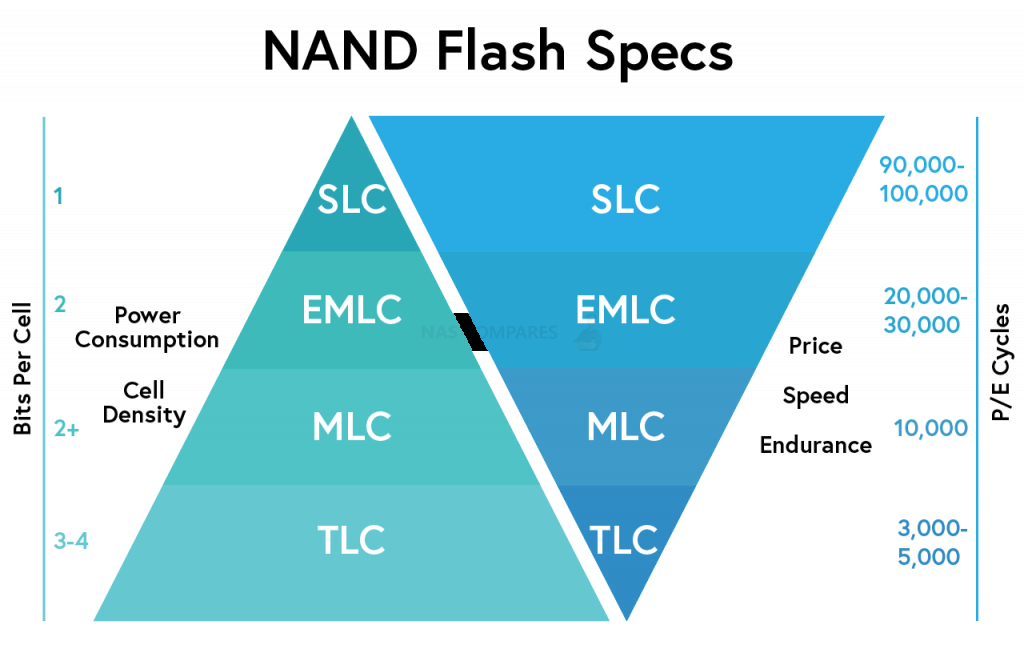
Understanding your own needs for computing and NAND flash basics will not only help you pick the right SSD, but will also help you figure out factors such as the price behind the product.
What is SLC NAND Flash and Which SSD use it?

Available in smaller flash modules and simple storage, the Single Level Cell flash is so-called for its single bit that can either be on or off when charged. This type of flash has the advantage of being the most accurate when reading and writing data, and also has the benefit of lasting the longest data read and write cycles. Program read/write life cycle is expected to be between 90,000 and 100,000. This type of flash has done exceptionally well in the enterprise market because of it’s life span, accuracy and overall performance. You won’t see too many home computers with this type of NAND due to its high cost and low storage capacities.
Best for SMALL CAPACITY but LOW CAPACITY NEEDS
Pros:
- Has the longest lifespan and charge cycles over any other type of flash
- More reliable smaller room for read/write error
- Can operate in a broader temperature range
Cons:
- The most expensive type of NAND flash on the market
- Often only available in smaller capacities
Recommended for:
- Industrial use and workloads that require heavy read/write cycles such as servers
SLC NAND Focused SSDs
What is MLC NAND Flash and Which SSD use it?
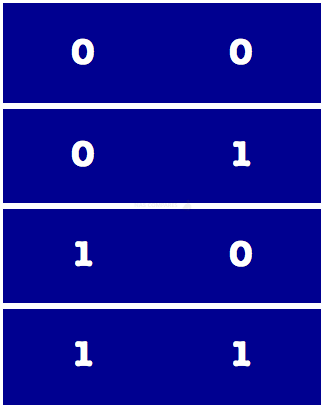
Used in most early business and high-end prosumer grade storage and in an enterprise (eMLC) version, MLC flash as it’s name suggests stores multi bits of data on one cell. The big advantage of this is the lower cost of manufacturing versus manufacturing SLC flash. The lower cost in flash production is generally passed onto you as the consumer, and for that reason is very popular among many brands. MLC flash is preferred for consumer SSDs for it’s lower costs but the data read/write life is less in comparison to SLC at around 10,000 per cell.
Best for GENERAL USE and BUDGET NEEDS
Pros:
- Lower production costs are passed onto you the consumer
- Is more reliable than TLC flash
Cons:
- Not as durable and reliable as SLC or enterprise SSDs
Recommended for:
- Everyday consumer use, gamers, and enthusiasts
MLC NAND Focused SSDs
What is eMLC NAND Flash and Which SSD use it?
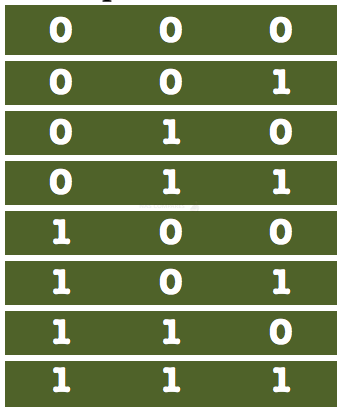
Enterprise Multi-Level Cell, or eMLC, is MLC flash, but optimized for the enterprise sector and has better performance and lastability. Read/write data life cycles are expected between 20,000 and 30,000. eMLC provides a lower-cost alternative to SLC, yet maintains some of the pros of SLC.
Best for ENTERPRISE USE ON A BUDGET
Pros:
- Cheaper alternative than SLC for an enterprise SSD
- Has better performance and endurance over standard MLC
Cons:
- Does not match SLC NAND flash SSDs in performance
Recommended for:
- Industrial use and workloads that require heavy read/write cycles such as servers
eMLC NAND Focused SSDs
What is TLC NAND Flash and Which SSD use it?
Themost common these days, also available in an enterprise eTLC and 3D TLC version, Storing 3 bits per cell, TLC (Triple Level Cell) flash is the cheapest form of flash to manufacture. The biggest disadvantage to this type of flash is that it is only suitable for consumer usage, and would not be able to meet the standards for industrial use. Read/write life cycles are considerably shorter at 3,000 to 5,000 cycles per cell. This and MLC are heavily used in 2020 onwards in conjunction with 3D NAND building, where data bits are stacked vertically to improve space utilization and access times.
Best for DAY TO DAY USE in KEY DEVICES
Pros:
- Cheapest to manufacture which in turn leads to cheaper to market SSDs
Cons:
- Cells will survive considerably less read/write cycles compared to MLC NAND. This means that TLC flash is good for consumer use only
Recommended for:
- Everyday consumer use, web/email machines, netbooks, and tablets
TLC NAND Focused SSDs
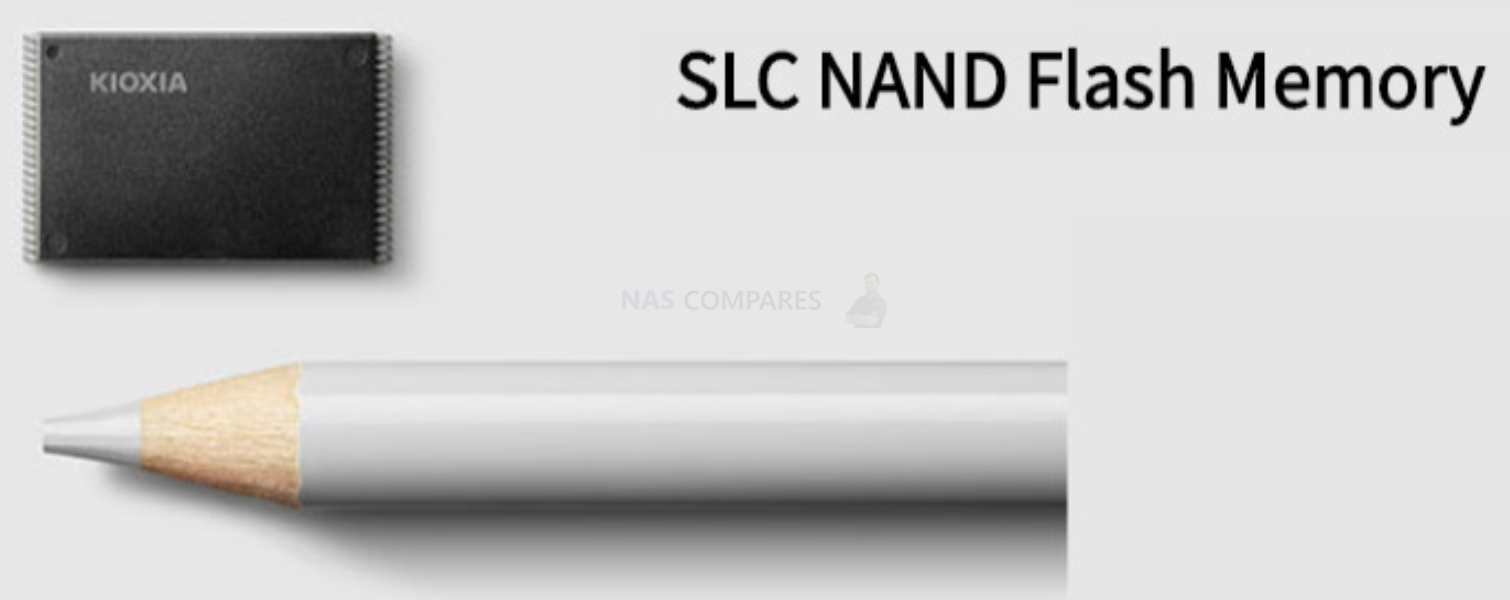
What is QLC NAND Flash and Which SSD use it?
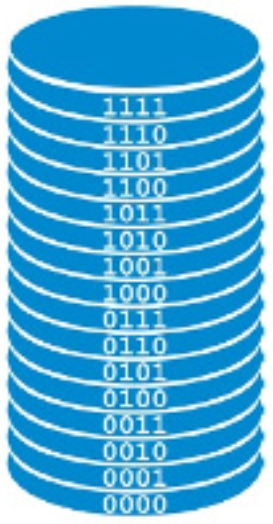
In a bid to make solid-state drives (SSDs) as capacious as traditional hard drives, storage suppliers have looked to insert ever more bits and bytes into NAND flash. Quad-level cell (QLC) drives are the latest development of flash storage technology. As the name suggests, the technology stores four bits per cell. The way QLC flash and all other NAND flash stores data is essentially the same, using an electrical charge to determine whether each cell is a “0” or a “1”. There are billions of such cells on a silicon substrate and they can be used to store terabytes of information. QLC can store four bits of data using 16 states, which means using 16 different voltage levels. This sounds great, but there are issues. Penta-level cell (PLC) has now also appeared on the horizon, but that’s another story.
Best for HIGH CAPACITY AT AN IMPROVED PRICE POINT
Pros:
- By FAR the larger availability capacity potential
- Best Price vs storage capacity price point
- Bigger storage potential on smaller physical circuit space on drives
Cons:
- Questionable durability in comparison with more dense layered NAND like MLC and eMLC
- Needs a decent controller on the board to get the most from it
Recommended for:
- Storage devices and pre-built SSD Flash storage that prioritizes Capacity over all else
QLC NAND Focused SSDs
SLC vs MLC vs TLC vs QLC – What Difference Does SSD Life Cycle Make?
Like all good things, an SSD does not last forever. As noted above, a solid-state drive’s life cycle can be directly attributed to the NAND flash it comes with. SLC flash, for example, will last longer than MLC or TLC flash but that comes at a hefty price tag. With MLC and TLC flash commonly used/found in consumer SSDs, the real question is how long will they last? Backblaze has tested several available consumer-grade SSDs over the years, most of which were MLC NAND with one being TLC NAND, and the results are promising. All of the devices tested lasted at least 700 terabytes (TB) of writes before failing, and a couple even pushed passed a petabyte (PB). This is a lot of data, but let’s put that into perspective in writing 1 PB to an SSD.
1 petabyte (PB) = 1,000 terabytes (TB) / 1,000,000 gigabytes (GB) / 1,000,000,000 (MB)
That 1 PB could net you:
- 222,222 movie DVDs at 4.5GB a DVD
- 333,333,333 mp3 songs at 3MB a song
- 500,000,000 jpg photos at 2MB an image
- 15,384 installs of the game Grand Theft Auto V at 65GB an install
Looking at those numbers should really put to rest any doubts about your SSD failing in any short amount of time. If you are considering an MLC or TLC SSD for everyday consumer use like; storing music, photos, software, personal documents or play games then you should feel assured that your SSD should last several years. This kind of usage is considered light compared to the ongoing heavy read/write usage of enterprise servers and computers as outlined in the next section below. Note: For anyone worried about the lifespan of their SSD, features such as Self-Monitoring Analysis and Reporting Technology, or S.M.A.R.T. for short, can help you better keep track of your SSD’s longevity.
SLC vs MLC vs TLC Compared – What is the Ultimate Difference?
At this point, you probably have a good idea on the difference between SLC, MLC, and TLC NAND flash. The basics we discussed here, with insight into why some cost more than others, should clear up any confusion as to what type of flash best fits your needs.
NAND Type |
SLC
Single Level Cell |
eMLC
Enterprise |
MLC
Multi-Level Cell |
TLC
Triple-Level Cell |
| Read/Write Cycles | 90,000-100,000 | 20,000-30,000 | 8,000-10,000 | 3,000-5,000 |
| Bit Per Cell | 1 | 2 | 2 | 3 |
| Write Speed | ★★★★★ | ★★★★☆ | ★★★☆☆ | ★★☆☆☆ |
| Endurance | ★★★★★ | ★★★★☆ | ★★★☆☆ | ★★☆☆☆ |
| Cost | ★★★★★ | ★★★★☆ | ★★★☆☆ | ★★☆☆☆ |
| Usage | Industrial/Enterprise | Industrial/Enterprise | Consumer/Gaming | Consumer |
The important thing to take away from this guide is that modern SSDs are built to last a considerable amount of time. While their life-cycle should be taken into account, it should by no means prevent you from buying faster and more efficient storage.
📧 SUBSCRIBE TO OUR NEWSLETTER 🔔🔒 Join Inner Circle
Get an alert every time something gets added to this specific article!
This description contains links to Amazon. These links will take you to some of the products mentioned in today's content. As an Amazon Associate, I earn from qualifying purchases. Visit the NASCompares Deal Finder to find the best place to buy this device in your region, based on Service, Support and Reputation - Just Search for your NAS Drive in the Box Below
Need Advice on Data Storage from an Expert?
Finally, for free advice about your setup, just leave a message in the comments below here at NASCompares.com and we will get back to you. Need Help?
Where possible (and where appropriate) please provide as much information about your requirements, as then I can arrange the best answer and solution to your needs. Do not worry about your e-mail address being required, it will NOT be used in a mailing list and will NOT be used in any way other than to respond to your enquiry.
Need Help?
Where possible (and where appropriate) please provide as much information about your requirements, as then I can arrange the best answer and solution to your needs. Do not worry about your e-mail address being required, it will NOT be used in a mailing list and will NOT be used in any way other than to respond to your enquiry.

|
 |
Minisforum MS-02 Ultra Review
Minisforum N5 NAS, 6 Months Later - Better, Worse, the Same?
Beelink ME Pro NAS Revealed
Best SOLID STORAGE NAS of 2025
Should You Worry About the NanoKVM Hidden Microphone?
Best Cheap NAS of 2025
Access content via Patreon or KO-FI
Discover more from NAS Compares
Subscribe to get the latest posts sent to your email.


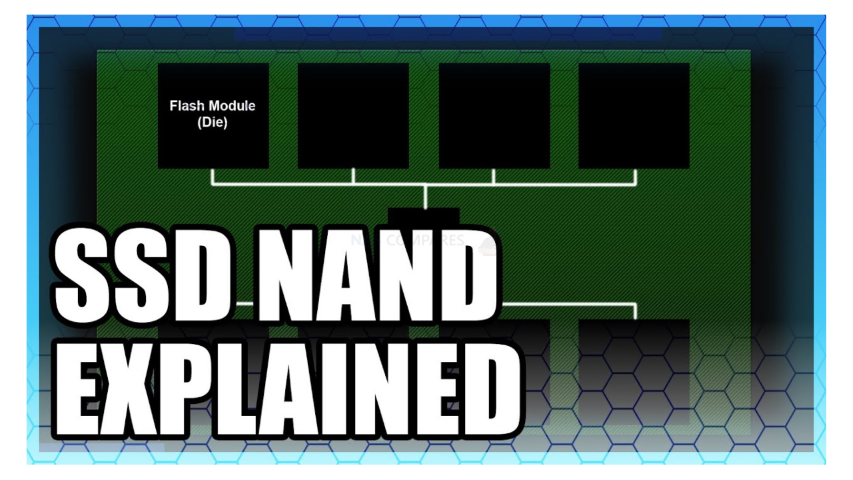




DISCUSS with others your opinion about this subject.
ASK questions to NAS community
SHARE more details what you have found on this subject
IMPROVE this niche ecosystem, let us know what to change/fix on this site